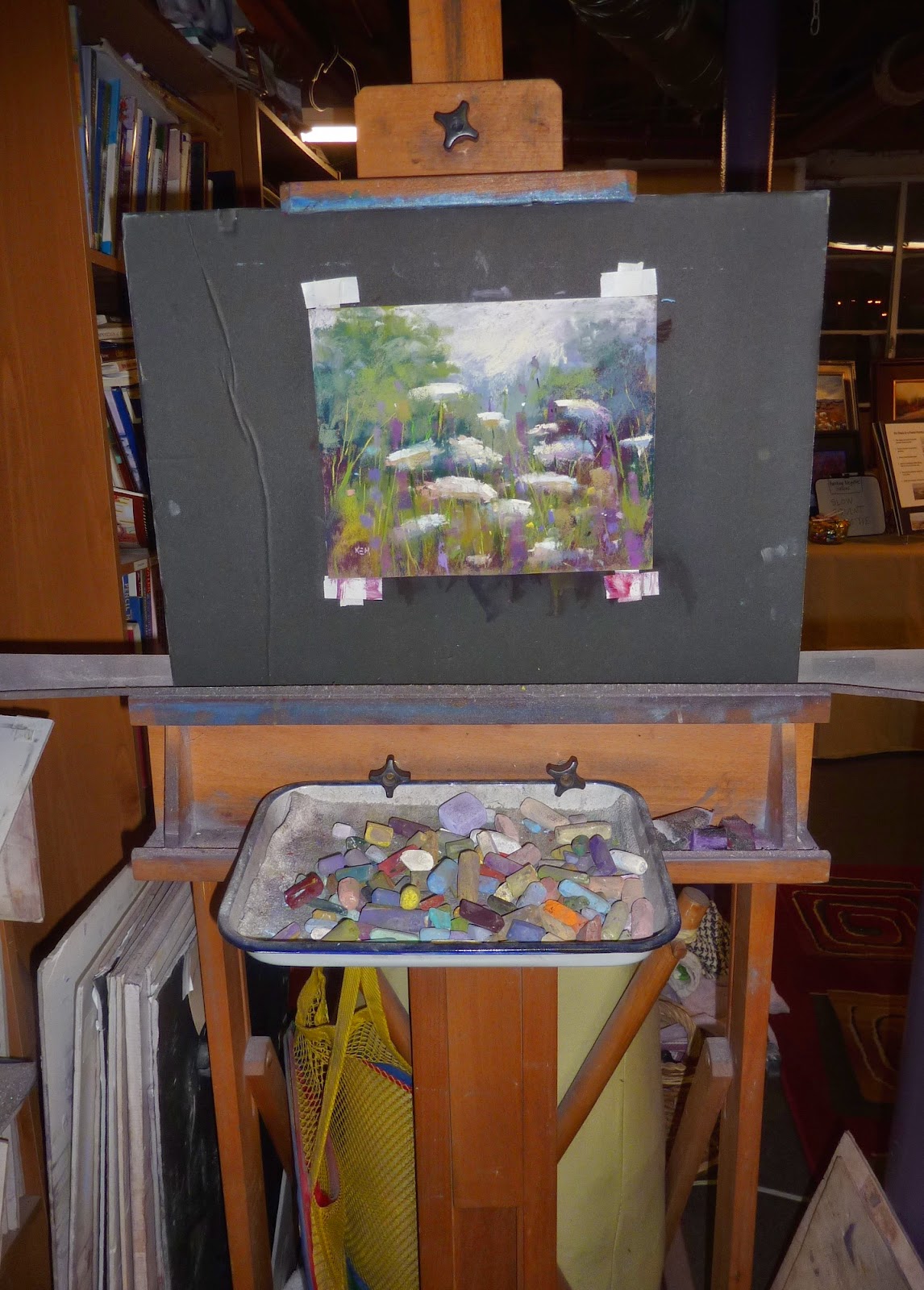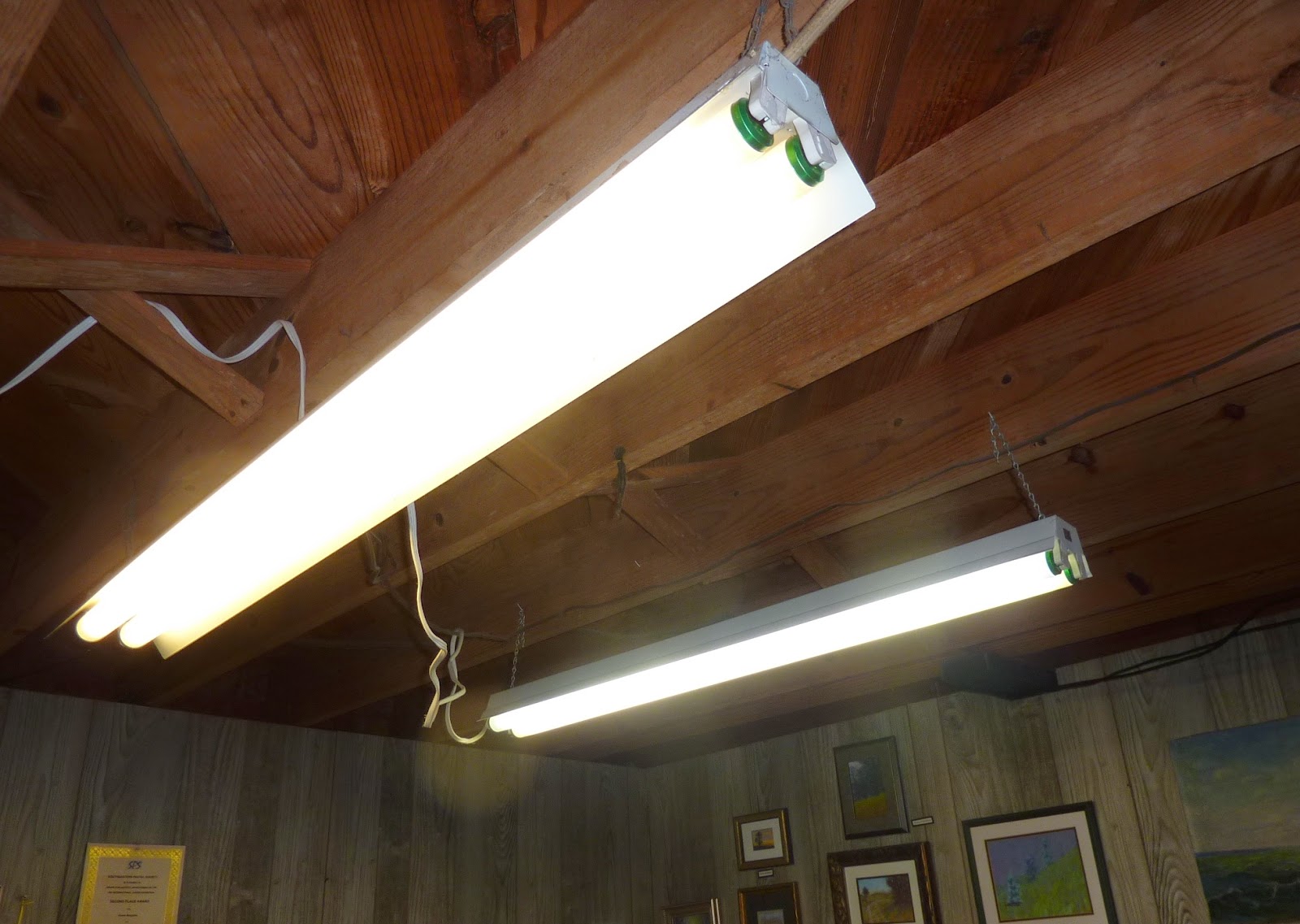 |
| 'Bluebonnets in Bloom' 8x10 pastel ©Karen Margulis painting available $150 click here |
I didn't mean to use this surface for the painting. I wasn't thinking. I had extra oil paint on my palette from another underpainting so I pulled out a piece of paper to do another one. I thought I had picked a piece of white Pastel Premiere paper. It was odd because the oil paint soaked right in....no drips or spiderwebs. It wasn't Pastel Premiere after all. It was Multimedia Artboard....the unsanded kind....oops! Follow along and see what I decided to do with it.
This is a oil stain underpainting on the Multimedia Artboard. Nice and rich but no cool drips. And it was very smooth. It needs some tooth for my pastels.
I turn to my favorite tooth maker....Liquitex Clear Gesso. I apply this slightly gritty gesso over the dry oil paint. I use random brush strokes with a cheap brush to create some interesting texture.
Above is the wet gesso. Click to enlarge and see the brush strokes. You can also see my reference photo. I based the painting loosely on the reference photo.
Time for pastel. I begin with the dark areas. I use a dark purple and burgundy to block in the trees and the shadowed grasses in the foreground.
I layer some greens in the distant trees. It is a dense area of trees. I may introduce some sky. I outline the flower shapes so I know where they will grow.
I introduce some green into the grass. I also block in some of the distant and less important flowers with a pale lavender.
More green grass is added. The Bluebells are now blocked in with the darkest blue violet that I see in them.
More green into the shadows. I start to refine the bluebonnets with lighter blues and blue violets. I am choosing which flowers will be the star and which ones will have less detail. They will be the supporting cast.
This is my Bluebonnet Box. I chose a selection of blue and purple pastels that I like for my bluebonnets. Keeping them in a separate box keeps me from losing track of them.
More refinement in the flowers and grasses. It is easy to make them all the same so I have to slow down and think about each mark.
I decide to spray the foreground with workable fixative. I wanted the shadow areas to be darker. I decide to add a touch of sky with some pale blue and lavender.
Once the fixative was dry I scumbled some more green over the dark to create some textured grass. I add the finishing marks on my star bluebonnets and a few bright green blades of grass. Finished! I really liked how the texture of the gesso gives the illusion of texted grasses.(click on photo to see texture) It was a good choice of surface after all.

















































